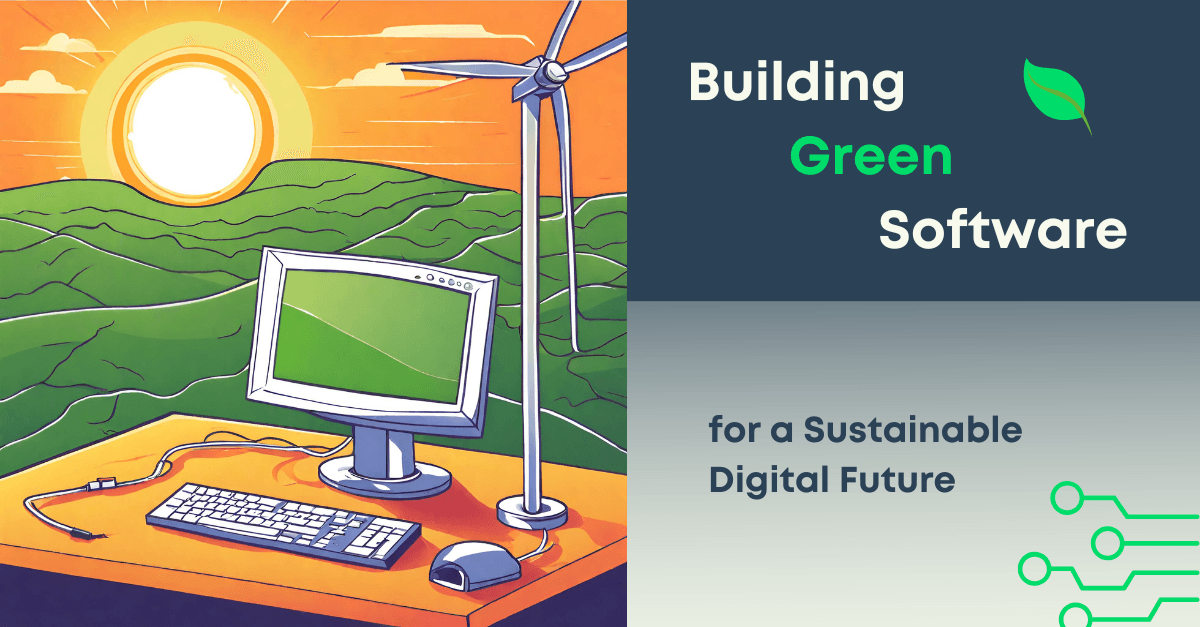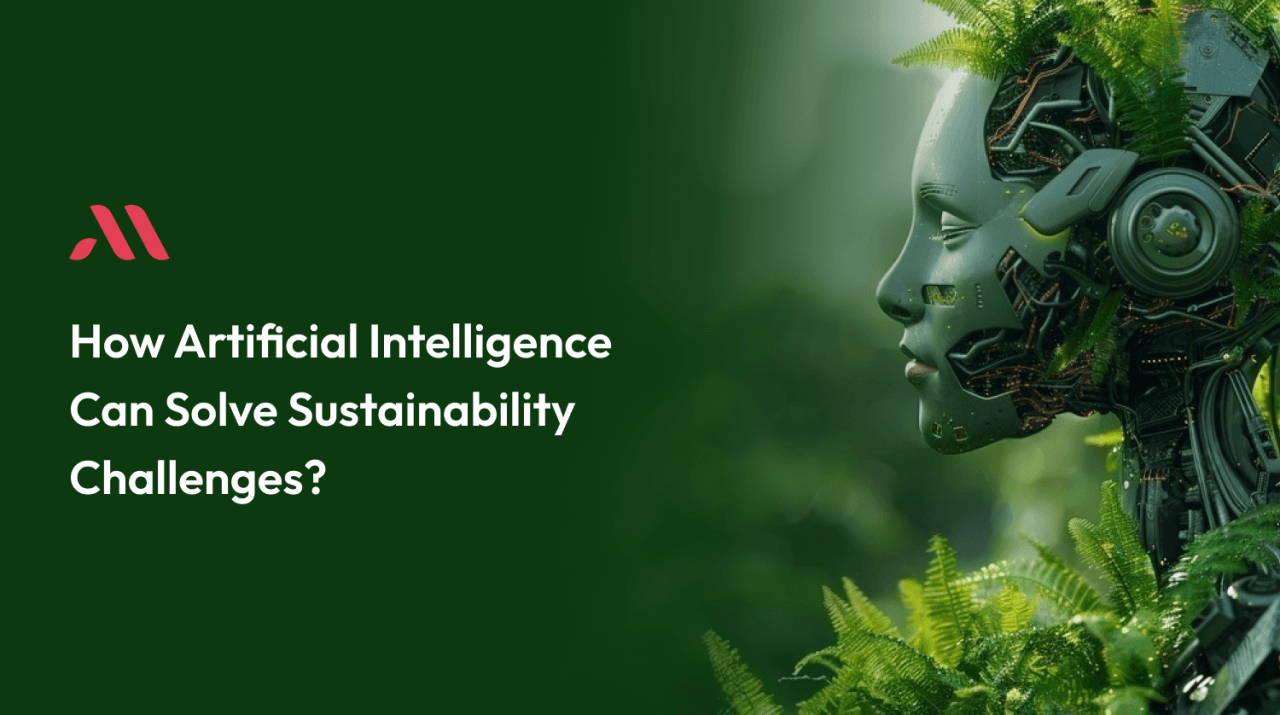Green Software Engineering: Building a Sustainable Digital Future.
In an era where climate change demands immediate action, the technology sector faces a critical challenge: reconciling digital innovation with environmental responsibility. While software may seem intangible, its ecological footprint is substantial and growing. As senior software engineers and technical leaders, we have both the opportunity and responsibility to pioneer sustainable solutions that will shape the future of our industry.

The Hidden Environmental Cost of Software
The seemingly weightless nature of software masks a significant environmental impact. Modern applications run on infrastructure that consumes massive amounts of energy:
- Data Centers: These digital powerhouses consume approximately 1% of global electricity, with demand growing yearly.
- Cloud Infrastructure: Major providers like AWS, Google Cloud, and Azure operate vast networks of energy-intensive facilities.
- Application Ineddiciences: Unoptimized software can dramatically increase computational demands and energy consumption.
Defining Green Software Engineering
Green software engineering represents a paradigm shift in how we approach software development. It's the deliberate practice of designing, building, and deploying applications with environmental sustainability as a core principle. This approach extends beyond mere energy efficiency to encompass the entire software lifecycle.
Core Principles of Green Software
1. Energy-Efficient Architecture
- Optimize algorithms for minimal computational overhead
- Implement efficient data structures and caching strategies
- Design systems that scale responsibly with demand
2. Cloud-Native Sustainability
- Select providers with strong environmental commitments
- Implement dynamic resource allocation
- Utilize regions powered by renewable energy
- Deploy containerization and serverless architectures thoughtfully
3. Performance-First Development
- Write code that minimizes CPU and memory usage
- Optimize database queries and data transfer
- Implement efficient caching strategies
- Use sustainable development practices in CI/CD pipelines
Implementing Sustainable Software Practices
1. Algorithmic Efficiency
Modern software development often prioritizes developer productivity over computational efficiency. However, in the context of sustainability, we must return to fundamentals:
- Replace O(n²) algorithms with more efficient alternatives
- Implement lazy loading and pagination
- Optimize memory usage through efficient data structures
- Use asynchronous processing for resource-intensive tasks
2. Cloud Infrastructure Optimization
The cloud offers powerful tools for sustainable computing:
- Implement automated scaling based on actual demand
- Use containerization to optimize resource utilization
- Select regions with lower carbon intensity
- Leverage serverless computing for appropriate workloads
3. Sustainable Architecture Patterns
Design patterns that promote sustainability:
- Event-driven architectures to reduce polling
- Edge computing to minimize data transfer
- Efficient caching strategies
- Microservices optimized for resource sharing

AI and Machine Learning in Green Software
Artificial Intelligence presents both challenges and opportunities for sustainable software:
Opportunities
- Optimize data center cooling systems
- Predict and manage resource allocation
- Reduce energy consumption through smart scheduling
- Enable predictive maintenance to extend hardware life
Challenges
- Balance model accuracy with computational cost
- Implement efficient training procedures
- Design sustainable inference pipelines
- Consider the environmental impact of large language models
Business Value of Sustainable Software
Green software engineering isn't just environmentally responsible—it's good business:
- Cost Efficiency: Lower resource consumption means reduced operational costs
- Market Differentiation: Sustainability increasingly influences purchasing decisions
- Regulatory Compliance: Stay ahead of emerging environmental regulations
- Innovation Driver: Sustainability challenges spark creative technical solutions
Measuring Success
Implement metrics to track sustainability:
- Carbon efficiency per transaction
- Energy usage per service
- Resource utilization rates
- Application performance efficiency
Future of Green Software Engineering
The path forward requires:
1. Industry Standards
- Standardized sustainability metrics
- Green software certification programs
- Industry-wide best practices
2. Tool Development
- Carbon-aware development tools
- Energy profiling capabilities
- Sustainability-focused testing frameworks
3. Education and Training
- Developer awareness programs
- Sustainable coding practices
- Environmental impact assessment skills
Conclusion
Green software engineering represents more than just an environmental initiative—it's a fundamental shift in how we approach software development. As technical leaders, we must champion these practices within our organizations and communities. By building sustainability into our software architecture, we can create applications that not only serve users effectively but also protect our planet's future.
The transition to sustainable software development requires commitment, innovation, and collaboration across the industry. However, the potential impact—both environmental and economic—makes this journey not just worthwhile, but essential.
Remember: Every line of code we write has an environmental cost. As software engineers, we have the power to minimize that cost while maximizing value. The future of our industry—and our planet—depends on the choices we make today.